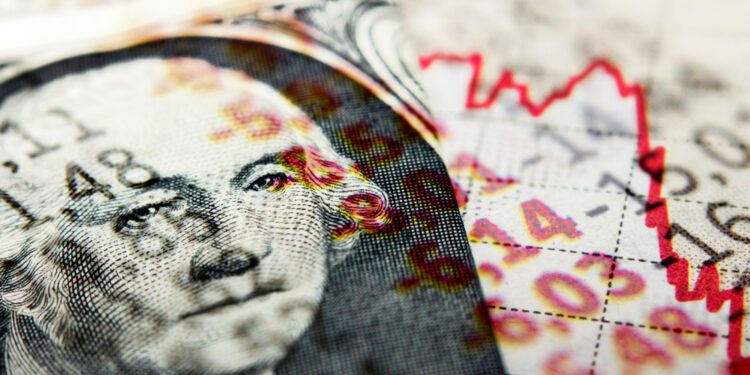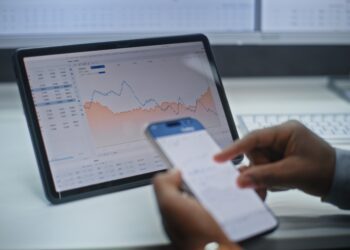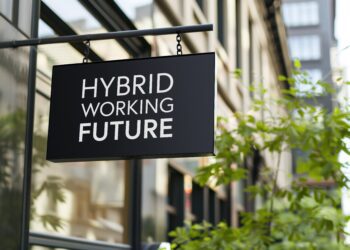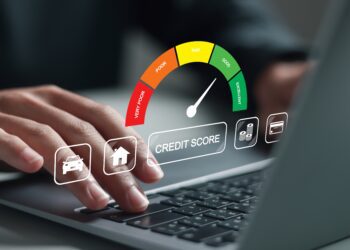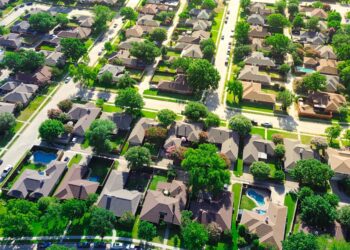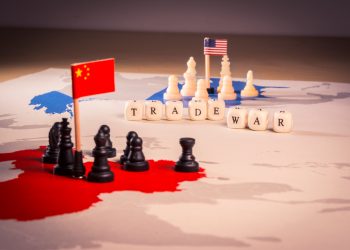Goldman Sachs Research expects the US economy to have a potential growth rate of more than 2% over the next few years, with some additional acceleration in the coming decade. Our economists anticipate artificial intelligence (AI) will increase labor productivity growth while workforce expansion slows.
The economy’s potential growth rate can be broken down into two key components: the contribution from growth in labor productivity (or real output per hour worked) and the contribution from changes in the size of the workforce, Goldman Sachs Research economist Manuel Abecasis writes in the team’s report.
What is the forecast for the US economy’s potential growth rate?
Goldman Sachs Research expects productivity growth across the US economy to increase 1.7% through 2029 and 1.9% in the early 2030s. Together with our economists’ forecasts for labor force growth, these estimates suggest that potential GDP growth will average about 2.1% in 2025-2029 before accelerating to 2.3% in the early 2030s as AI boosts growth further.
That’s a slightly lower potential GDP growth rate than the US is estimated to have had in recent years because elevated immigration boosted the size of the labor force, but it is well above the pre-pandemic pace. Since 2019, economywide labor productivity rose about 1.6% per year, well above its pre-pandemic average of 1.2%. At the same time, elevated immigration in 2022-2024 boosted annual labor-force growth to about 0.8% on average since 2019 (versus 0.6% before the pandemic). As a result, Goldman Sachs Research estimates that potential GDP growth rose from about 1.8% before the pandemic to around 2.4% in the years since.
What is the outlook for US economy’s productivity?
Our economists estimate that worker productivity has increased more quickly this decade: Labor productivity (outside the farm sector) grew 2% on average in the last five years, compared to about 1.5% pre-pandemic, according to Goldman Sachs Research. Growth in total factor productivity (economists think of TFP as technology innovation’s contribution to output) accounted for most of the acceleration. Nonfinancial corporate productivity growth was even stronger, at a 2.5% annualized rate since the fourth quarter of 2019 (after adjusting for some distortions).
“The bulk of the post-pandemic productivity outperformance has been driven by higher services productivity,” Abecasis writes.
Specifically, Goldman Sachs Research finds that tech and related sectors like scientific research, engineering, and consulting made significantly larger contributions to productivity growth in the last five years. These industries contributed about 0.3-0.4 percentage point of the overall acceleration in US productivity growth relative to its pre-pandemic pace.
The tech sector has been able to keep up a very fast pace of real GDP growth alongside sharply slowing employment growth over the last two years. Other high-value professional services sectors’ real GDP growth has strongly outperformed the pre-pandemic trend.
Could this reflect a productivity boost from AI?
“While it is probably premature to ascribe all of the acceleration to AI, these industries have some of the strongest use cases for AI technology, and we think the outperformance in tech productivity in particular is at least partially AI-related,” Abecasis writes. “In any case, the data suggest that the recent productivity rebound reflected a strong pace of technological innovation in sectors that are poised to benefit further from AI-driven improvements.”
Productivity gains from AI are expected to boost GDP significantly going forward.
“We also anticipate that frictional unemployment is likely to rise temporarily as AI adoption increases, in line with the experience of previous episodes of technological change,” he adds.
While the US economy’s potential growth rate will likely benefit from AI and other factors, it will also face some headwinds. Higher tariffs may be a drag on output and productivity over the longer run as they shift resources to less productive industries and weigh on investment. Deregulation and other investment incentives, on the other hand, will probably incentivize capital spending and improve efficiency.
By CEO NA Editorial Staff

